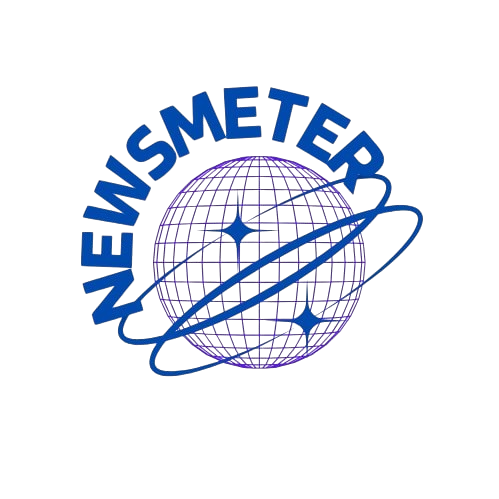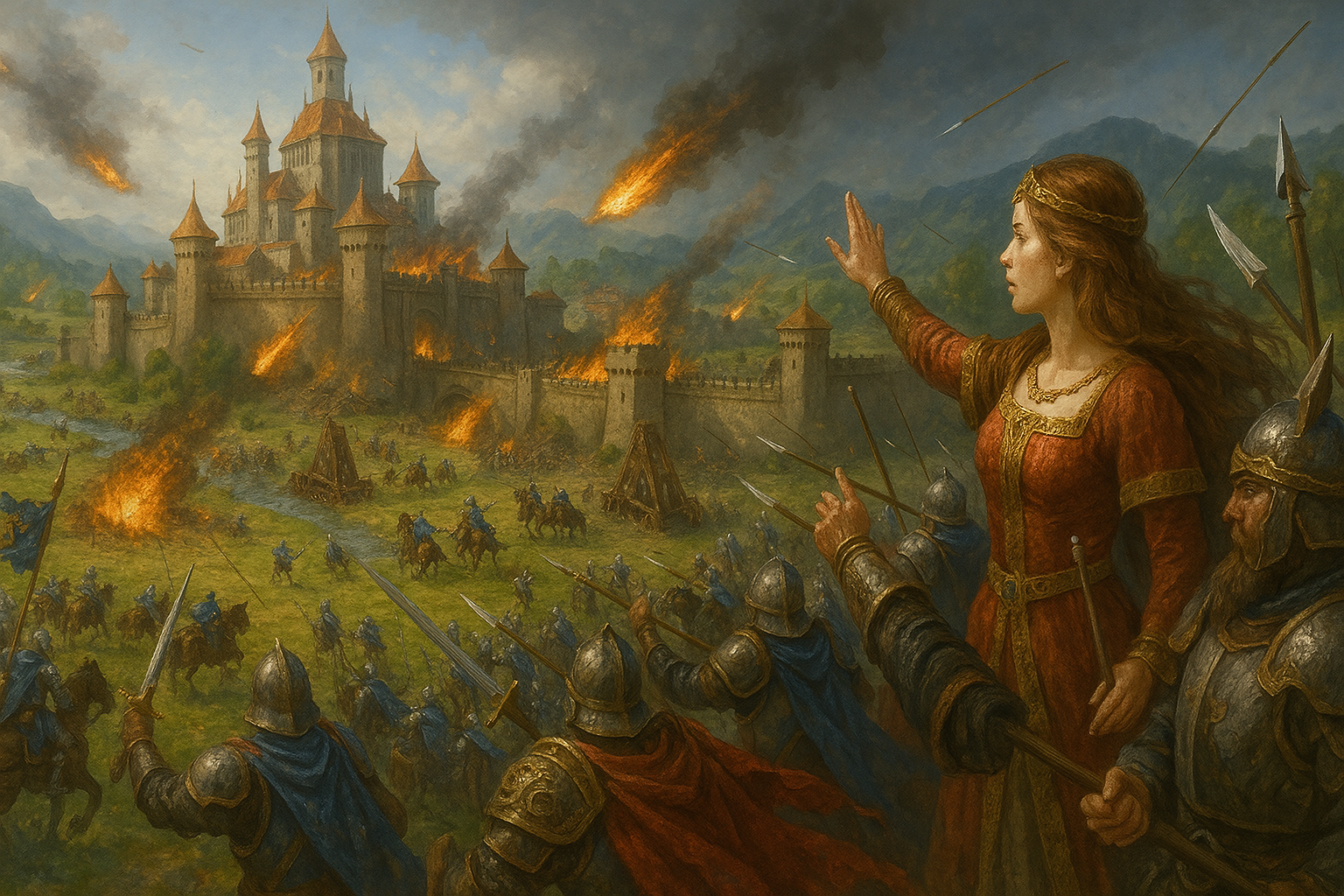A key part of halo (2003) game icons banners legacy lies in its distinctive game icons and banners, which have become iconic symbols in the gaming community.
When Bungie Studios released “Halo: Combat Evolved” in 2001, it revolutionized the first-person shooter (FPS) genre. Though the game was initially launched as a title for the original Xbox, its impact rippled far beyond consoles, establishing a fanbase that has remained loyal for over two decades.
By 2003, “Halo” had become a household name, not just for its groundbreaking gameplay but also for its visual and cultural significance.
This article delves into the design, evolution, and cultural impact of the game icons and banners from “halo (2003) game icons banners” exploring how they contributed to the game’s enduring legacy.
The Creation of an Iconic Franchise of Halo (2003) Game Icons Banners
Before diving into the specifics of the game icons and banners, it’s essential to understand the context in which “Halo: Combat Evolved” emerged.
Released as a launch title for the Xbox on November 15, 2001, the game quickly became synonymous with the console itself. It introduced players to the sprawling sci-fi universe of the 26th century, where humanity, led by the enigmatic Master Chief, battles against the alien Covenant.
The game’s success was driven by its innovative gameplay mechanics, compelling narrative, and stunning visuals.
By 2003, “Halo: Combat Evolved” had transitioned to PC, expanding its reach and solidifying its Negro reputation. This period also saw the rise of community-driven content, where fans began to create and share their own interpretations of “Halo” icons and banners, further embedding these visual elements into gaming culture.
The Design of Game Icons
The design of game icons is a critical element in establishing a game’s identity. For “Halo: Combat Evolved,” the iconography was carefully crafted to evoke the futuristic, military11 atmosphere of the game. The most recognizable game icon from “Halo” is, of course, the Master Chief’s helmet. This simple yet powerful image encapsulates the essence of the game – a faceless soldier representing humanity’s last hope against a formidable enemy.
The Evolution of the Halo (2003) Game Icons Banners
The original game icon featured the green, visor-covered helmet of Master Chief, often depicted with subtle details like scratches and dents that hint at the battles fought.
This icon became synonymous with the game, appearing on box art, promotional materials, and loading screens.
The helmet’s design is both functional and symbolic, blending military practicality with a sense of mystery and heroism.
As “Halo” expanded into sequels and spin-offs, the helmet icon evolved. While maintaining its core design, subtle changes were made to reflect the progression of the story and the development of Master Chief as a character. The icon’s evolution mirrored the technological advancements in gaming, with each iteration becoming more detailed and refined, yet always recognizable to long-time fans.
Banners and Their Impact
Banners in gaming, much like icons, serve as visual representations of a game’s themes, characters, and world. In “halo (2003) game icons banners were used in various capacities – from in-game menus and loading screens to promotional material and community fan art.
The Iconic Halo Ring
One of the most memorable banners from “Halo: Combat Evolved” features the Halo ring itself – a massive, ancient structure floating in space.
This image became a visual shorthand for the game, representing the vastness of the game world and the mystery surrounding the Halo array.
The banner often depicted the ring against a backdrop of stars, with the surface of the ring visible, showing lush landscapes that hinted at the exploration and battles to come.
The Halo ring banner was not just a beautiful piece of art; it also played a crucial role in setting the tone for the game. It evoked a sense of awe and curiosity, drawing players into the universe Bungie had created.
The ring, both in the game and as a banner, symbolized the blend of ancient mystery and futuristic warfare that ” many will remeber as one of Combat Evolved” offered.
The Cultural Impact of Halo (2003) Game Icons Banners
Over time, the icons and banners from “Halo: Combat Evolved” transcended their original purpose and became cultural symbols.
Fans began to incorporate these visuals into their own creations, from desktop wallpapers and forum signatures to custom merchandise and fan art.
The Master Chief helmet, in particular, became a universally recognized symbol, even to those who may not have played the game.
Community-Driven Content
The early 2000s saw the rise of fan-made content, with “Halo” being at the forefront of this movement. Fans would create their own banners, often inspired by the original game’s art style, to use in online communities.
These banners would feature iconic imagery such as the Halo ring, the Master Chief helmet, and the Warthog – the game’s iconic all-terrain vehicle.
Community-driven content also extended to modding, where fans would create custom icons and banners for use within the game.
This level of engagement helped foster a strong sense of community among “Halo” fans, with the game’s visual elements serving as a shared language for expressing their passion.
The Legacy of “Halo” Visuals
The enduring legacy of “halo (2003) game icons banners” is reflected in how its icons and banners continue to be celebrated and referenced in modern gaming culture.
Even as the “Halo” series has evolved and introduced new designs, the original visuals remain iconic.
The Master Chief helmet, the Halo ring, and other key visuals from the 2003 era are still used in marketing, merchandise, and fan art, proving their lasting impact.
The Role of Visuals in Building a Franchise
The success of “Halo: Combat Evolved” is due in no small part to the strong visual identity established through its icons and banners.
These elements helped create a cohesive and memorable brand for the game, making it instantly recognizable.
In an era where first impressions are often visual, the design of game icons and banners is crucial in capturing the attention of potential players.
Bungie’s attention to original design is evident in how these visuals have stood the test of time. The game’s iconography has not only become emblematic of the “Halo” franchise but also of the gaming industry as a whole.
The Master Chief helmet and the Halo ring have been featured in everything from advertisements to fan tattoos, showcasing their broad appeal and significance.
Wrapping Up, Halo (2003) Game Icons Banners
The halo (2003) game icons banners played a pivotal role in establishing the game’s identity and contributing to its lasting legacy.
These visual elements, from the Master Chief helmet to the Halo ring, have become more than just symbols of a beloved game; they are cultural icons that represent an entire generation of gamers.
As “Halo” continues to evolve with new titles and experiences, the original icons and banners from “Halo: Combat Evolved” remain a touchstone for fans and a reminder of the game’s groundbreaking impact.
Whether through fan art, community content, or official merchandise, these visuals continue to inspire and resonate with players, ensuring that the legacy of “Halo” endures for many more years to come.














